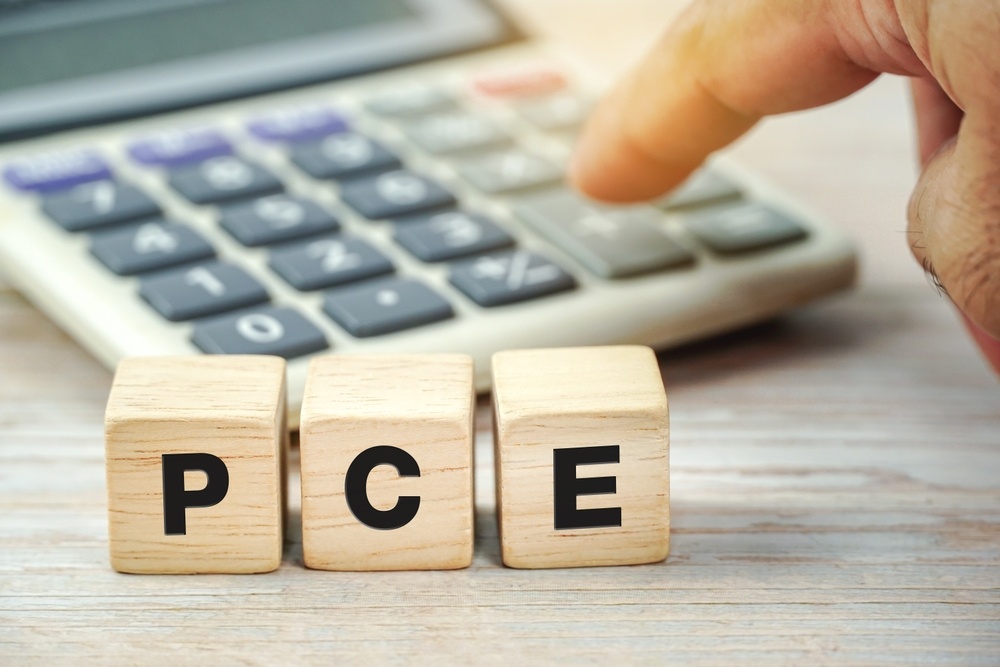7月美国PCE环比上涨0.2% 符合预期
最新数据显示,7月美国的PCE价格指数环比上涨0.2%,同比上涨2.5%,符合经济学家的预期。

根据商务部7月的个人消费支出(PCE)报告,通胀略有上升,与美联储在考虑四年来首次降息时所关注的指标一致。PCE价格指数7月环比上涨0.2%,同比上涨2.5%,符合经济学家的预期。剔除食品和能源价格的核心PCE指数环比上涨0.2%,但年增幅略低于预期,为2.6%。
7月个人收入增长75.1亿美元(0.3%),可支配个人收入(DPI)增加54.8亿美元(0.3%)。个人消费支出(PCE)显著增长103.8亿美元(0.5%)。经通胀调整后,实际DPI增长0.1%,实际PCE增长0.4%,其中商品支出增长0.7%,服务支出增长0.2%。
个人收入增长主要由薪酬增加推动。PCE的增长主要分为服务支出(593亿美元)和商品支出(445亿美元)。服务支出的主要贡献者包括住房和公用事业,而汽车及零部件、食品和饮料则推动了商品支出的增长。
PCE价格指数的0.2%月度增长由商品价格(下降不到0.1%)和服务价格(上涨0.2%)的变化组成。食品价格上涨0.2%,能源价格略有上涨。年内PCE价格指数上涨2.5%,反映了商品价格的微幅下降,被服务价格上涨3.7%所抵消。食品和能源价格年涨幅分别为1.4%和1.9%。
实际PCE的增长主要归因于商品类别中汽车及零部件支出的增加和服务类别中医疗保健支出的增长。
个人储蓄率为2.9%,7月个人储蓄总额达到598.8亿美元。个人支出(包括PCE、个人利息支付和个人当前转移支付)增加了103.3亿美元。
通胀的轻微上升以及个人收入和支出的持续增长,表明了一个复杂的经济环境,政策制定者需在接下来的几个月中谨慎应对。
免责声明:本文观点来自原作者,不代表Hawk Insight的观点和立场。文章内容仅供参考、交流、学习,不构成投资建议。如涉及版权问题,请联系我们删除。